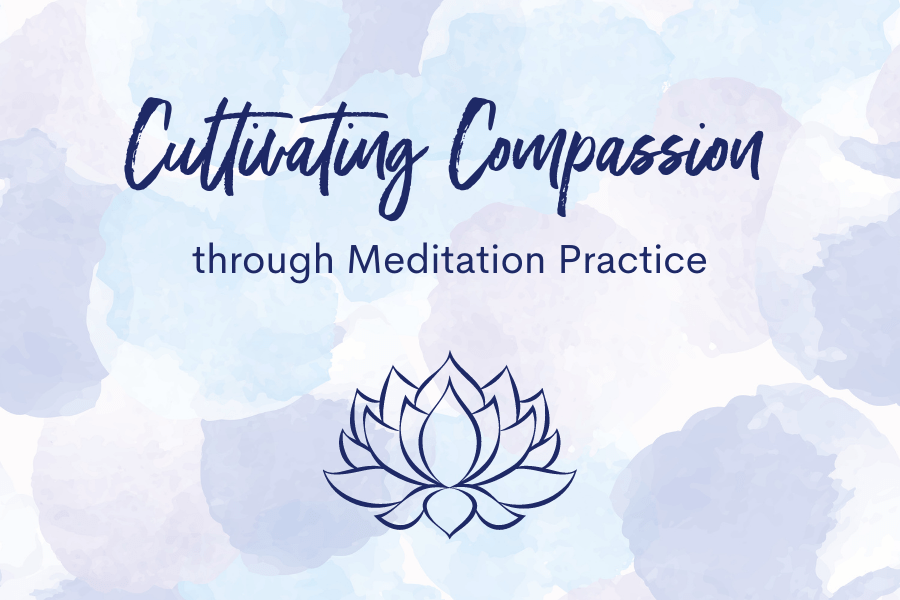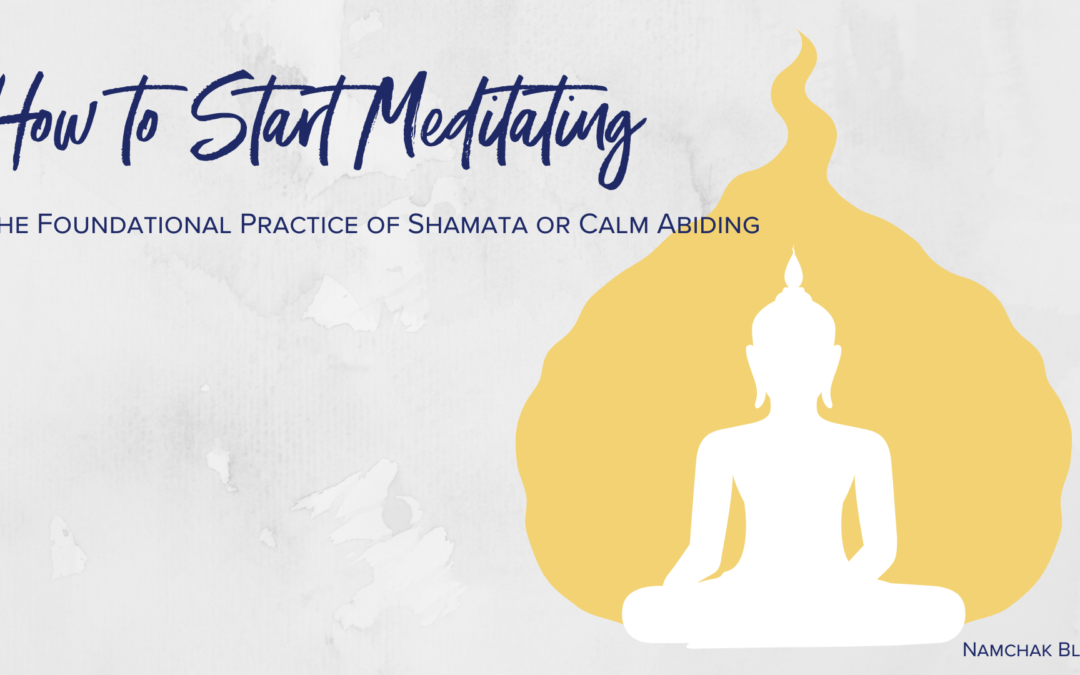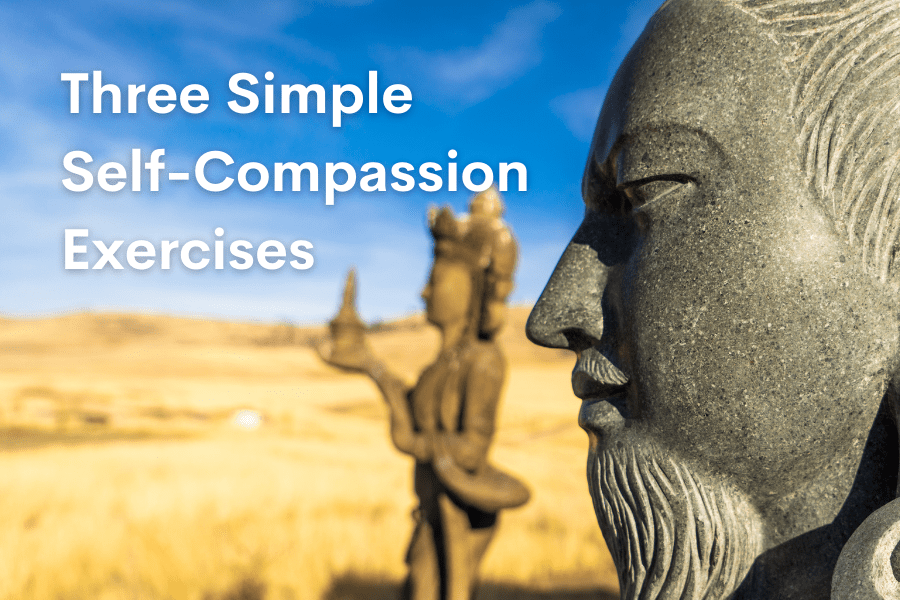In this excerpt from Wisdom & Compassion (Starting with Yourself), Lama Tsomo explains Tonglen or Compassion practice


In this excerpt from Wisdom & Compassion (Starting with Yourself), Lama Tsomo explains Tonglen or Compassion practice

On the Buddhist path, Calm Abiding serves as the foundation for all other practices. It is a technique used to develop our power of attention and bring our coarse and subtle thoughts to a restful state. In other words, it is resting or abiding in that peaceful state.

Welcome to your crash course in Buddhist Ethics! Don’t worry, there won’t be any actual crashing. Hopefully this will be more of a road map of where to go

An in-depth look at refuge and bodhisattva vows and the meaning of being on the bodhisattva path.

A Tibetan Buddhist explanation of bodhisattva and bodhicitta and meditation practices for developing bodhicitta.

According to Tibetan Buddhism in order to develop equanimity it requires understanding the causes and conditions that contribute to suffering.

Meditation carries a wide range of benefits, including easing suffering, discovering happiness, and living more compassionately
My First Meditation Retreat: Honest Reflections from RyannWe recently held our first Reset and Renew retreat at the Namchak Retreat Ranch in Hot Springs, Montana. It is an introductory retreat designed based on our Stepping into Meditation and Community course. Most...
The Profound Wisdom of the Heart Sutra: An Introductory ExplorationConcise, profound, and somewhat enigmatic, the Heart Sutra contains the essence of all Buddha’s teachings and offers insight into life, suffering, and liberation.Known in full as the “Prajnaparamita...
Wrathful Compassion in Tibetan BuddhismWrathful compassion may seem like an oxymoron and the opposite of Buddhism's peaceful compassion. However, in Tibetan Buddhism, wrathful compassion is a thing! Sure, whenever someone is open to the skillful application of...